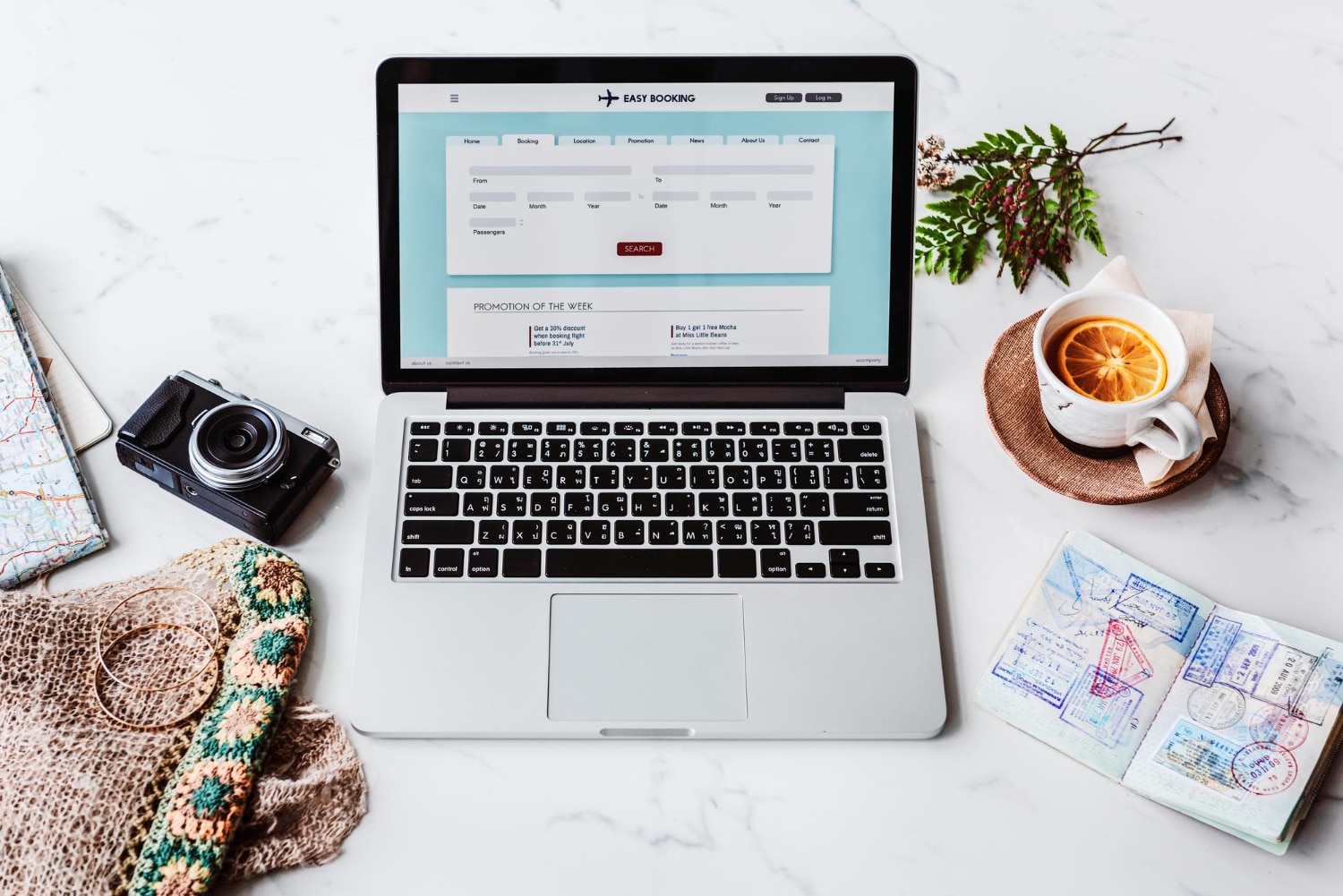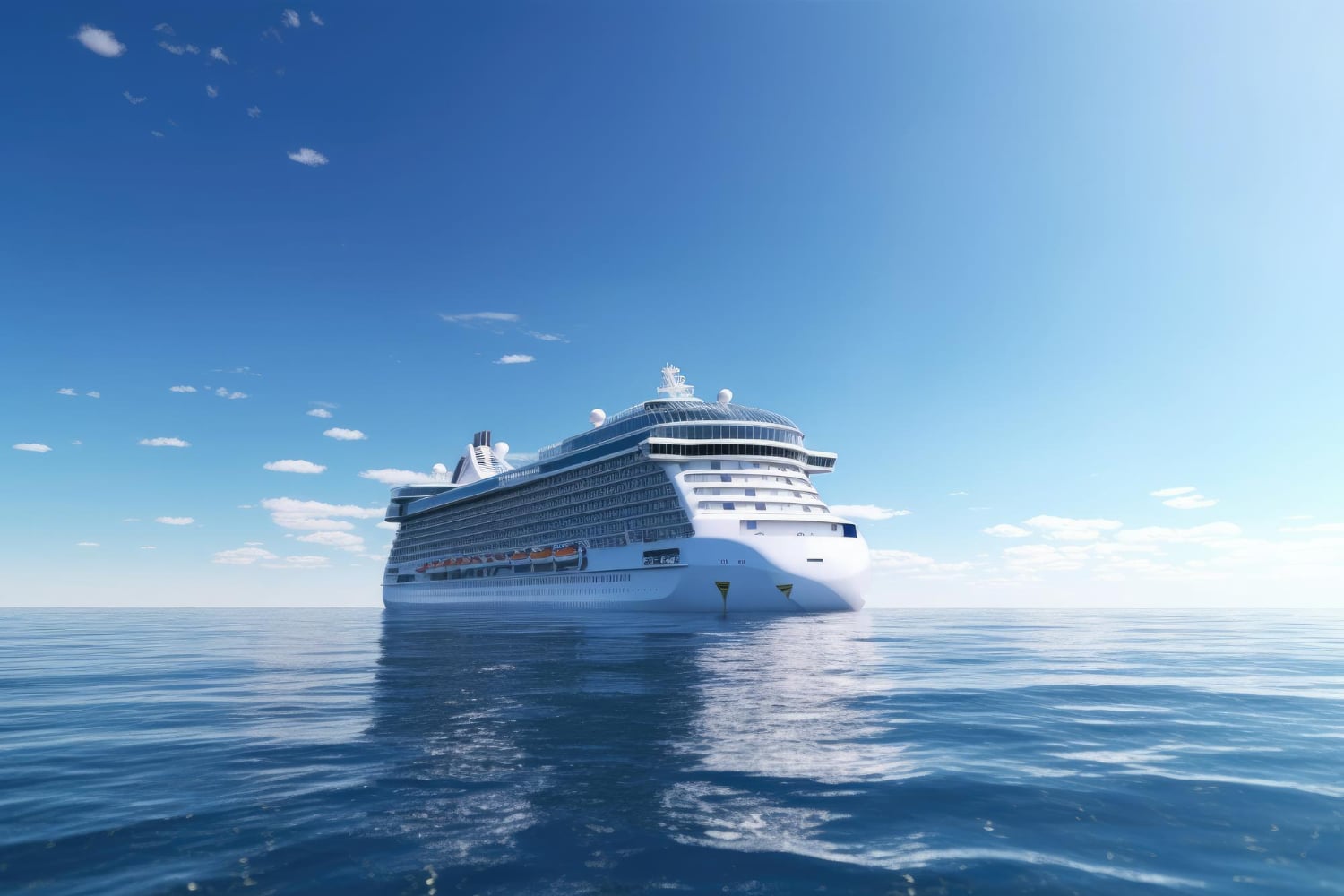
Booking Your First Cruise: Tips for Beginners
Booking your first cruise can feel thrilling — and a little overwhelming. With endless destinations, dozens of cruise lines, and a sea of booking options, it’s easy to get swept away before you’ve even stepped aboard. But don’t worry. While the process might seem complex at first, it’s surprisingly manageable when you know what to look for.
Whether you’re drawn by the allure of waking up in a new country each morning or the idea of floating luxuriously between ports with all your needs met, cruising offers a unique and memorable way to travel. This guide is crafted to help first-time cruisers avoid common pitfalls, understand the ins and outs of cruise planning, and book with confidence.
From choosing the right ship and cabin to understanding what’s included in your fare, we’ll cover everything you need to make your maiden voyage smooth, exciting, and unforgettable.
Choosing your cruise line: It’s all about travel style
Not all cruise lines offer the same experience — and that’s a good thing. Some are ideal for families, while others lean into luxury or adventure.
Match the cruise line to your vibe
Here’s a quick comparison for beginners:
- Royal Caribbean & Norwegian Cruise Line: Great for active travellers and families. Think water slides, rock climbing, and vibrant entertainment.
- Carnival Cruise Line: Affordable and fun-focused, ideal for younger travellers or budget-conscious families.
- Celebrity Cruises & Holland America: A more refined experience with gourmet food and relaxed ambience.
- Disney Cruise Line: Tailored for families with children, with top-tier entertainment and service.
- Viking Ocean & Regent Seven Seas: Geared towards mature audiences seeking culture and all-inclusive luxury.
Cruise line websites often have quizzes to help match your personality to their offerings.
If you’re still unsure which cruise matches your personality best, our guide on choosing the right cruise line offers deeper insights into aligning your preferences with the perfect fit.
Selecting your destination and itinerary
Once you’ve identified your cruise line, it’s time to choose your route. Different regions offer vastly different experiences, from the tropical warmth of the Caribbean to the majestic fjords of Norway.
Popular first-time cruise destinations

- Caribbean: Warm weather, beach days, and vibrant ports. Great for relaxing and short cruises.
- Mediterranean: Rich in history, culture, and food — ideal for those seeking a blend of sightseeing and leisure.
- Alaska: Nature-lovers and photographers will find glacier views, wildlife, and rugged scenery unforgettable.
- Northern Europe: Offers fairytale cities, cooler climates, and cultural depth.
Things to consider
- Trip length: A 5–7 day cruise is ideal for your first time — enough to explore without feeling overwhelmed.
- Number of port days vs sea days: Balance is key. Too many sea days can feel slow; too few and you might feel rushed.
- Departure port: Factor in travel time and costs to get to your cruise’s starting point.
Choosing an itinerary that complements your interests is crucial. If you want a mix of cultural immersion and downtime, Mediterranean routes with well-spaced port days offer an ideal balance.
Timing your booking for the best value
Cruise fares fluctuate like airline tickets, and timing your booking can make a big difference.
Best times to book
- Wave Season (January to March): Cruise lines offer major discounts and bonuses like onboard credit or free upgrades.
- 12–18 months in advance: Best for getting your preferred cabin type and itinerary.
- Last-minute deals: Great if you’re flexible, but riskier in terms of cabin choice and airfare.
Avoid peak school holidays if you’re looking for quieter cruises and better prices.
For more seasonal tips and tricks, our wave season deals guide dives into how and when to score the most value-packed cruise fares.
Picking the right cabin: Location matters
Your cabin will be your home for the duration of your cruise, so choose wisely.
Cabin types

- Inside cabin: No window, most affordable.
- Oceanview cabin: Includes a window or porthole.
- Balcony cabin: Private outdoor space for views and fresh air.
- Suite: Larger space with added perks (priority boarding, concierge service, etc.).
Tips for choosing your cabin
- Avoid noisy areas: Steer clear of cabins near elevators, theatres, or nightclubs.
- Midship cabins: Offer more stability and less motion — ideal for those prone to seasickness.
- Deck placement: Higher decks often offer better views but can be pricier.
While a balcony might seem unnecessary, many first-timers say waking up to ocean views or sipping coffee outside adds immeasurable value.
Understanding what’s included (and what’s not)
One of the most confusing parts of cruise booking is deciphering what’s covered in the base fare.
Typically included:
- Accommodation
- All main meals (buffet and dining room)
- Entertainment and activities
- Pools and fitness centres
Often not included:
- Alcoholic drinks and soft drinks
- Speciality restaurants
- Shore excursions
- Gratuities/service charges
- Wi-Fi and onboard internet
- Spa treatments and fitness classes
Cruise lines often offer packages for drinks, Wi-Fi, or excursions. Booking these in advance can save you money compared to buying onboard.
Planning shore excursions: Cruise line vs DIY
Exploring ports is a huge part of the cruising experience. You can book tours through the cruise line or plan your own adventure.
Cruise line excursions
Pros:
- Easy booking and organisation
- Guaranteed return to ship
- Wide range of activities
Cons:
- Often more expensive
- Less personalised
Independent excursions
Pros:
- Customised experiences
- Smaller group sizes
- Often cheaper
Cons:
- Risk of delays and missing the ship
- Requires extra research
Read reviews on sites like Cruise Critic or TripAdvisor to find reputable local tour operators.
Cruise documentation and check-in essentials
Booking your cruise is only half the job — now comes preparation.
Must-have documents:

- Valid passport (check expiry date)
- Visa (if required by any destination)
- Cruise line check-in forms and boarding pass
- Travel insurance certificate
Complete online check-in
Most cruise lines allow online check-in 30–60 days before sailing. This saves time at the terminal and lets you select boarding times and upload documents.
Set up an onboard account
This will be used for all purchases on the ship — drinks, excursions, shop items — often linked to your credit card.
Cruise planning tips for a stress-free first voyage
Here are a few practical tips that first-time cruisers often overlook:
- Arrive a day early to avoid missing the ship due to flight delays.
- Download the cruise line app for daily schedules, reservations, and ship maps.
- Bring a lanyard for your key card — you’ll need it for everything.
- Pack swimwear and essentials in your carry-on — checked luggage might take hours to arrive in your cabin.
- Stay hydrated and pace your food intake — cruise food is plentiful!
What to expect on embarkation day
Your first day on board can be a bit of a whirlwind — here’s what usually happens:
- Arrival and check-in at the terminal, where you’ll go through security and receive your key card.
- Boarding typically begins around noon. Early boarding allows you to explore the ship while it’s still quiet.
- Mandatory safety drill before departure.
- Luggage delivery to your cabin (can take a few hours).
- First meal on board — often a buffet lunch.
- Sail-away party on the top deck as the ship departs.
Give yourself time to explore, unwind, and settle in. It’s the beginning of something special.
Conclusion: Your first cruise made easy
Booking your first cruise is an adventure in itself — but it doesn’t have to be confusing or stressful. By taking the time to understand the process, weigh your options, and make decisions based on your preferences, you’ll avoid rookie mistakes and maximise your enjoyment.
From picking the right cruise line and itinerary to knowing what to pack and what to expect on board, a bit of thoughtful planning goes a long way. Cruises offer a unique blend of relaxation, discovery, and excitement — and once you’ve experienced one, it’s easy to understand why so many people return to the seas again and again.
So go ahead — book that first cruise. Let the waves carry you towards unforgettable memories, stress-free travel, and the kind of holiday you’ll talk about for years.


